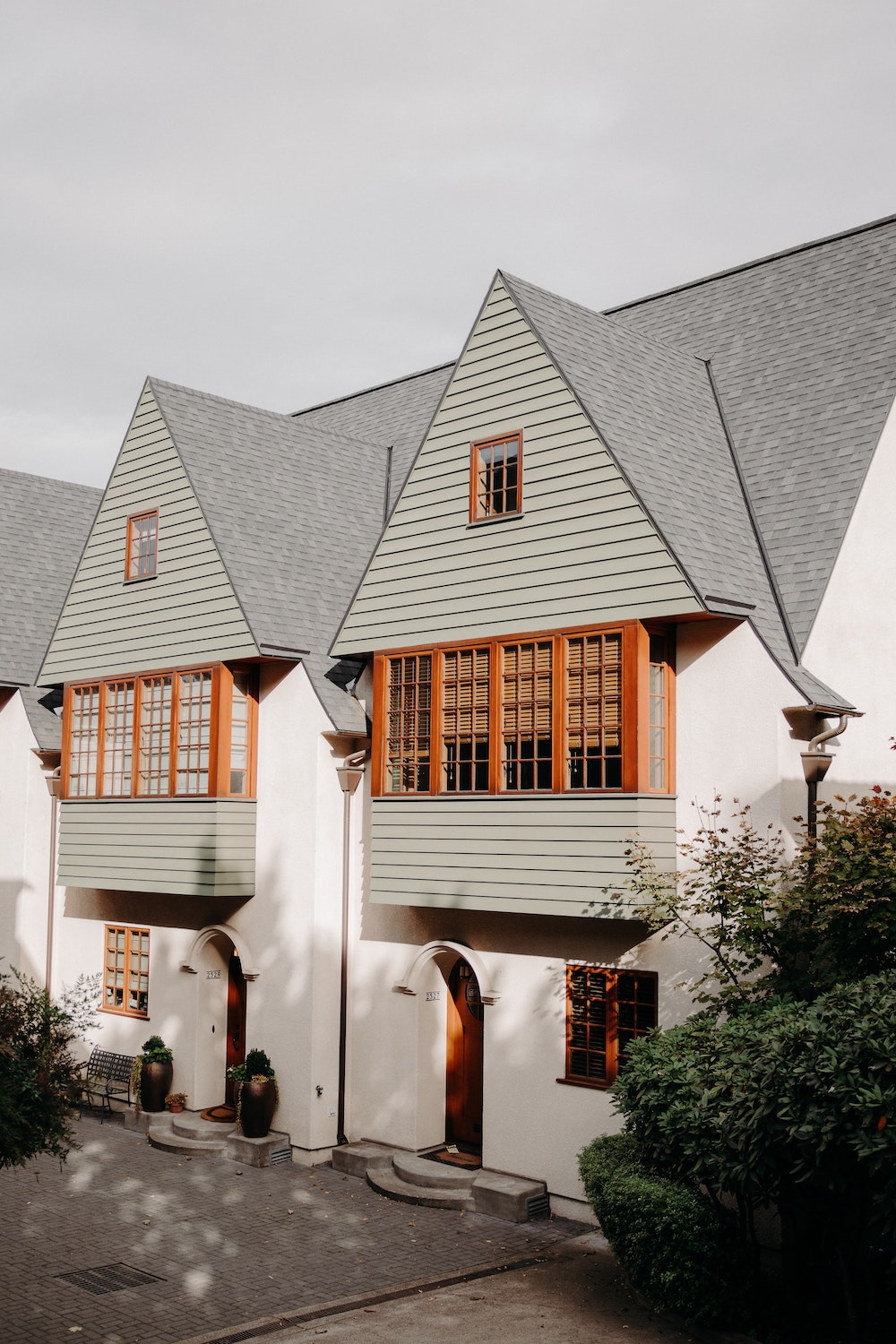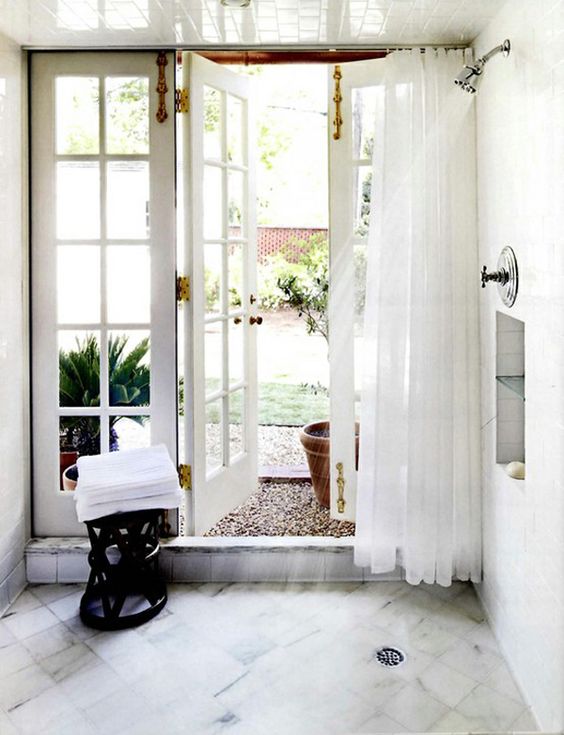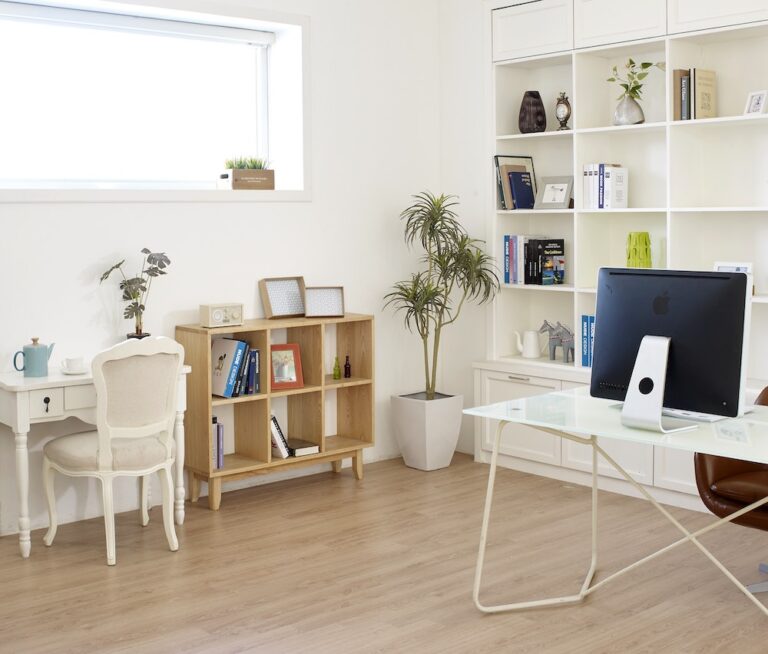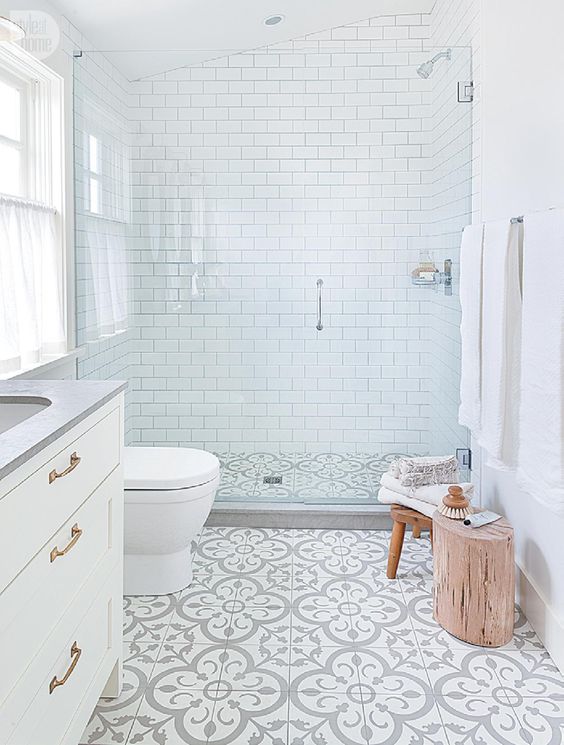Essential Outdoor Improvements To Manage Rain Water
The rainy days have come, and they are here to stay for a long time. Every year, homeowners take preventive measures to protect themselves from the rain. From roof repair to replacing old windows, keeping your home waterproof is a no-brainer. Besides, there is nothing more appealing than enjoying a hot cup of cocoa while watching the rain fall outside the window.
But have you ever considered waterproofing the “outside” of your home? It might seem like a counterproductive idea — after all, the outside is meant to sustain the rain —, but you’d be surprised to know it can make a huge difference. Indeed, rainwater can cause damage to your garden, your fences, your vehicle, and even your sewer system. So, here are a few ideas to manage rainwater and turn a gray day into a beautiful experience at home.
Direct water away from your home
Many households struggle with flooding risks when it rains. Your location can put your home at risk of flooding, especially if you live near a body of water. However, that doesn’t mean your home is safe in the middle of a city. More often than not, your outdoor trench system plays a crucial role in directing the water away from the property. As this trench drain detail guide explains, effective trench placement and choice can be instrumental in water evacuation. Trench drains should also feature on top of regular household maintenance and cleaning chores. Blocked-up drains can cause a water buildup. Depending on the inclination of your driveway, the water could come flowing into your home.
Keeping your roof gutter in tip-top conditions
Similarly, your gutters could also increase the risk of rainwater damage. Ideally, you also want to clean roof gutters frequently, at least once or twice a year. Gutters can fill with sticks, debris, and leaves, causing unpleasant clogs.
When the gutter is clogged up, the water overflows and runs along your exterior wall. In the long term, it could permeate through the wall and affect your structure, insulation, and humidity levels. Besides, if your walls retain the humidity, it can make the house difficult to heat, increasing energy costs significantly.
Additionally, the roof gutters drain the water toward your outdoor drainage system. The water is safely directed away from your home. When the gutter overflows, it can create stagnant puddles around your home. In the long term, these puddles can seep into the soil and affect the structure in the vicinity, such as your foundation or your basement. It could also raise the water level next to low doors, which means rainwater could find a way inside your home.

Smart and elegant garden features that can take water
Some of your garden features can add not just style but also a smart solution to tackle excess water. Here are some of the best and most helpful smart features to manage small to moderate rainy days.
An elevated plant bed is a smart choice for gardeners who want to protect their flowers or vegetables from creeping pests and bugs. Elevated beds are also the ideal compromise for seniors or individuals with chronic pain who want a beautiful garden but are concerned about back pain. But, your high rose bed can also turn into a rainwater receptacle. Indeed, as garden beds contain a large volume of fresh and fertilized soil, they can absorb more water more easily than the rest of your garden.
A water feature, such as a fountain or a pond, can be a soothing display. If your pond has a raised edge, it can take a lot of rainwater safely without any flooding risk for the garden. You can also include sculptures in your fountain that would come to life with rainwater.
If you’ve chosen to build a feature well in your garden, you’ve created an elegant and efficient water supply. Wells can be used to water the garden or filter the water for house use. More importantly, wells are deep underground features. They can safely capture and store rainwater for future use.
Lawn lovers: You need to aerate your soil
If you have a lawn, you can ensure the soil is prepared to absorb the water. Indeed, if your soil is too dry or compact, the water can’t seep through. Therefore, you might spot mud puddles appearing in the middle of your lawn. It’s a good idea to plan lawn aeration to allow the water to penetrate through the soil.
Lawn aeration might sound like a complex process. In reality, it’s the process of pocking small and long holes into the ground. The holes provide air circulation, hence aeration. Additionally, it reduces lawn compactness so the water can come through easily. The best time to aerate your soil is fall or spring, when the high humidity levels are more suitable for soil and root repair. Ideally, you want to avoid frost. In other words, if the weather is too cold, you shouldn’t aerate the lawn as it could damage the grass.
Improve the driveway to reduce water seepage
We’ve mentioned the importance of an effective trench drainage system around your home. It can be hard to retrofit drainage on your property. More often than not, it can be easier to adjust the driveway inclination to prevent water buildup in front of your home. You can use the inclination to direct the water to the nearest drainage spot.
However, there are essential factors you want to keep in mind when improving your driveway. Using porous material to create a driveway pattern could encourage rainwater to seep through and underneath the driveway. Similarly, you need to protect the driveway from surrounding roots, which could grow underneath and create cracks.
Keep up with your residential sewage treatment plant maintenance
Most households don’t need to worry about residential sewage plants. However, if your home has a small sewage treatment plant, you want to make sure you can keep the treatment system safe and waterproof.
Indeed, old structures can be damaged from constant exposure to water. This could happen if rain leads to stagnant puddles above the underground treatment station. Over time, the water can affect the pipes and the most vulnerable parts of the system. Rainwater should not go through your sewage treatment plant. Unfortunately, when this happens, it could lead to sewage leakage, either on the spot or leaking back into the household.
How to protect your residential sewage treatment system:
- Keep up with regular maintenance and checkup appointments,
- Check the air for stagnant puddles or cracks after heavy rain,
- If possible, use a humidity sensor to measure humidity level OUTSIDE the sewage pipes and structure. This can highlight the risks of cracks and rainwater buildup.
- Check for buildup and clogs inside your sewage tank and pipes, as these could also put pressure on the system.
Keep it for garden needs
You can harvest rainwater using specialist tanks and containers. A rainwater tank can be a useful addition to water your garden without running high costs. However, above grounds systems can be unappealing. With the help of a contractor, you could install an underground rainwater system, which could harvest water out of sight.
Off-grid properties also have filtering systems to make rainwater safe for house use. Unfortunately, water tanks and filtration solutions need to be kept above ground for maintenance purposes. Yet, it can be a valuable garden improvement if you have plenty of outdoor space.
Design a rain garden depending on your location
Gardeners and wildlife lovers will enjoy building a rain garden. Rain garden is a bit of a misnomer, as they are designed to handle a wide range of humidity levels, including dry weather. You need to think of a rain garden as a retention pond that allows the water to drain safely into the soil.
The only suitable choice for plants for a rain garden is perennials. Indeed, perennial plants have deep roots, which support the retention and absorption function. Your plants need to be able to thrive in extremely wet conditions. But they also need to be able to survive when the weather is dry. That’s where deep roots can make a huge difference.
Maintenance-wise, rain gardens do not need a lot of work. But they should be kept free of weeds. During the first years, you want to water deeply and infrequently in times of drought to help grow healthy roots.
Maintain your wood fence and gates
Finally, wooden features, such as fences and gates, need regular maintenance. Indeed, exposure to rain and sun can encourage rot and damage.
You can apply oil stains to protect the wood. Typically, a fence will need up to three coats of oil stain for optimal protection. Oil stain provides superficial protection while enhancing the appearance of your fence and gate. If you want to preserve your wood feature for longer fully, you will need to add a film-forming coat.
Alternatively, you can also use varnish, which is typically applied as the top layer. You can apply varnish after using an oil stain or alongside a primer.
Transforming and updating your outdoors through smart, rain-focused improvements can help turn rainy days into a positive and safe event. From an environmentally-friendly rain garden to a tailored driveway design, including trench drainage, there are many options to waterproof the outside of your property.






